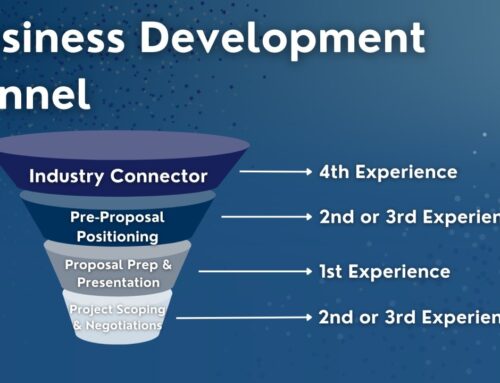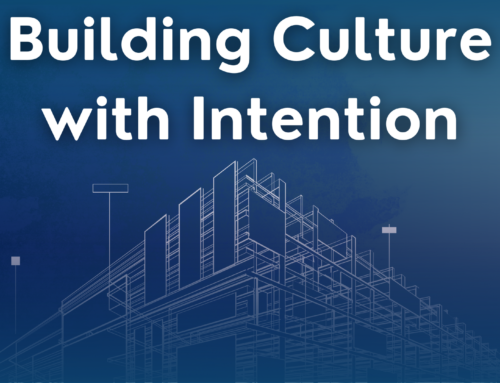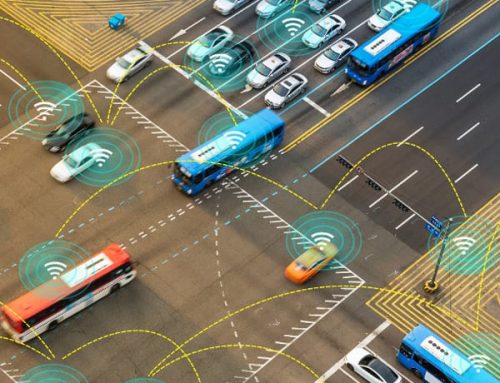Note: In an effort to stay informed, we comb news stories about issues in transportation infrastructure. One creative outreach project in Tucson caught our attention and held it. Our resident scribe, Lisa, decided to pursue this public-outreach-as-performance-art story. Enjoy her hard work and comment with your thoughts, please!!
Why do we often fail to live up to our ideals when it comes to sustainability? When public transit options are available, why do we keep using our cars so much? A recent survey conducted by Bill Mackey, an architect, artist and lecturer at the University of Arizona, asked some interesting questions about the transportation choices we make. The data reveals a distinct disconnect between the ways consumers in Tucson say they would like to live and how they actually do. For instance, 91 percent of respondents said they favor sustainable living over reliance on cars, yet 89 percent do not own bus passes and 81 percent use their cars to drive to businesses that are within four miles of home. When asked to rank the factors that lead to decisions about where and when to drive, matters of time and convenience overwhelmingly ranked at the top. What is stopping these individuals from choosing according to their principles?
One explanation offered is that we form habits of mind that can turn into behavioral barriers, or what psychologist Robert Gifford of the University of Victoria in British Columbia calls ‘dragons of inaction.’ Gifford argued in a recent New York Times article that the routine, established thought patterns which occur during our normal routines can actually make it less likely that we will align our actions to the ideals we perceive are further removed from our immediate circumstances. This is known as limited cognition. A second dragon is limited behavior, or telling ourselves that since we make some good choices to promote sustainability (recycling or donating to worthy causes) we can let ourselves off the hook for the ones we sidestep.
If so many of us behave this way, how can we design our transportation to accommodate both the desire for efficiency and the desire for sustainability?
Mackey is actively sharing some of his design ideas, hoping to prompt his community to create new solutions for intra-city mobility. Mackey owns a consulting firm in Tucson called Worker, Inc., which specializes in promoting change in the built environment. The change he would like to see — not just locally but nationally — is a great deal more public engagement in the way we move through the spaces we all share.
Worker, Inc. directs, facilitates, and collaborates on public exhibits that reflect upon land use, individual and community perceptions of space, and infrastructure in and around Tucson. He wants every exhibit to be an act of “educated discovery,” sprinkled throughout with plenty of smiles. The most recent installation was Mackey’s interpretation of a new kind of public authority that, in his words, “investigates and produces projects for the built environment through the convergence of planning and art.” He calls his latest demonstration, tongue firmly in cheek, Worker Transit Authority (WTA).
As an idealized ‘authority,’ WTA asks some interesting questions: What if corporations participated fully in our cities’ transportation systems, such as running bus lines that take shoppers to and from their favorite stores? What if the laws, customs, and norms that regulate traffic were connected directly to nature? Why isn’t transportation integrated with what we enjoy in the city – things like nature, entertainment, or culture? What if we actually enjoyed moving through the city and took our time?
running bus lines that take shoppers to and from their favorite stores? What if the laws, customs, and norms that regulate traffic were connected directly to nature? Why isn’t transportation integrated with what we enjoy in the city – things like nature, entertainment, or culture? What if we actually enjoyed moving through the city and took our time?
Not seeking to prescribe every answer, Mackey instead uses WTA as an entity to invite Tucson’s residents to participate in important discussions about land use, infrastructure, transportation, environment and distribution. His exhibit was a form of civic engagement with interactive maps, brochures, surveys, drawings, sculptures, videos and text wrapped together with official-sounding names as a way to model what the planning process could look like.
 At one of the exhibit’s stations, people were invited to create a Life Map ™. Given blank maps of the city and colorful markers, they drew where they live and the paths they use for work, shopping, recreation, healthcare, and entertainment. Worker, Inc. has used Life Maps over the past several years to gather data on consumer behavior. This data reveals that Tucsonians take very repetitive paths throughout the city and the form of their travel is largely linear and unvaried. To Mackey’s amazement, many who attended the exhibit spent a great deal of time on their maps and happily added them to his collection. Some even asked for copies to take home and share with others.
At one of the exhibit’s stations, people were invited to create a Life Map ™. Given blank maps of the city and colorful markers, they drew where they live and the paths they use for work, shopping, recreation, healthcare, and entertainment. Worker, Inc. has used Life Maps over the past several years to gather data on consumer behavior. This data reveals that Tucsonians take very repetitive paths throughout the city and the form of their travel is largely linear and unvaried. To Mackey’s amazement, many who attended the exhibit spent a great deal of time on their maps and happily added them to his collection. Some even asked for copies to take home and share with others.
Video footage taken by one of Mackey’s interns as he used different modes of transportation to get from his home to several destinations was another well-liked presentation. As the footage looped on large monitors one observed the vastly different experiences we have on the same route if we travel it in different ways — by car, bike, skateboard, golf cart, on foot…
the vastly different experiences we have on the same route if we travel it in different ways — by car, bike, skateboard, golf cart, on foot…
Using map overlays, a clever display was created to stimulate thinking about transportation funding and the expectations people have about those dollars. Many believe that transit systems should be profitable or at least pay for themselves, but out of all the world’s transit systems, only the one in Hong Kong makes money. This is largely because their transit authority is also a land developer and owns 12  shopping malls along its lines. In an area nearly the same size as the city of Tucson, Hong Kong supports 7 million people compared to 520,000 in Tucson. Do we want American transit authorities to develop our land for us?
shopping malls along its lines. In an area nearly the same size as the city of Tucson, Hong Kong supports 7 million people compared to 520,000 in Tucson. Do we want American transit authorities to develop our land for us?
This type of open-ended, arts-based approach to planning certainly has an appeal, especially, as transportation planner Scott Silsdorf points out, when used for projects in communities like Tucson which play host to colleges and universities. “It could be a good tool in the early, more generalized stages of the process,” he suggested.
Mackey teamed with several other designers and artists in 2009 to compile, analyze, and exhibit all of the master plans and studies created to address the common spaces in downtown Tucson. The installation was titled +/-92: Downtown Tucson Master Plans 1932-2009. The oldest piece in the collection was a “preliminary investigation” into the best ways of accommodating growth which eventually led to the city’s first comprehensive plan in 1941. By arranging and displaying the documents, many of which were schemes for ideas that never materialized (out of seven proposed sites for the city’s main library, it ended up being built on none of them), Mackey and his associates were able to illuminate several behavior patterns that can help all of us see ourselves as civic participants more clearly.
When we allow ourselves to think about our ideal versions of where we live or our most favored approaches to planning mainly in terms of “I want them to make this city more livable,” we can actually fragment the process itself. A running theme throughout Tucson’s history has been a sincere desire for an attractive downtown with ample sidewalks and copious amounts of trees (shade is quite a big deal in the desert). While there certainly are areas where this has materialized, there are also notable swaths of space where the car is king and blacktop cooks in the sun.
As Mackey points out, time has shown that effective city planning on a small scale leads to more success than planning on a large scale. This is true because there is no “they.” There is “US.” The choices made by each I ultimately determine what happens to the larger whole. As individuals, we observe our cities and their systems and make choices about our level of involvement in bringing the change we want to see.
Much of the time, involvement correlates to the degree of impact a planning decision is perceived to have on one’s closely surrounding environment. When citizens are concerned about changes to a neighborhood or a travel route, they will likely show up at public hearing. According to Silsdorf, this is the stage at which many public engagement challenges arise in terms of balancing emotion, reason and the greater good. Here, then, is where choices between ideals and expedience can be highlighted and discussed, potentially resulting in positive outcomes for far greater numbers than only those in attendance.
Planners and architects, you regularly contend with these issues. When engaging citizens in the public transportation planning process, what approaches do you think work best to both challenge and encourage us to abide by our ideals?





Lisa,
Thanks so very much for sharing this excellent article on the transit challenges we face in this country as well as ideas and thoughts on how to meet these challenges. Take care, and keep up the good work!
Thank you, Kenneth! I’d love to know about your ideas regarding solutions.
Hi Lisa,
You are so very welcome and the solutions are many and it has been my experience from being in the transit/transportation industry that all ideas must be tried and updated regularly primarily based upon customer and even non-customer input.
First and foremeost, we need to make our transit experiences pleasant and easy to use as people really value their convenience. At the JTA, we are consistently adding new features to our buses such as cameras (to improve safety); hybrid electric cooling systems to reduce breakdowns (as few things cause disatisfaction more than a broken down bus); and audio announcement systems to better inform our customers; WIFI will soon be added to all vehicles. Many of these suugestions came out of meetings with our customers.
Within the next nine months we will be ordering our first MV-1 vehicles to dramatically improve the experience of our paratransit customers (http://www.vpgautos.com/Default.aspx?ctcampaign=1551&ctkwd=mv%201&ctmatch=p&ctcreative=25766313817&ctadpos=1t1).
The key thing for me is to always be willing to listen and be flexible to new ideas.
Take care,
Ken
Wow, this sounds like a great example of the value of customer input. It would be fascinating to see data on how these new features are affecting ridership. Thanks for joining the conversation!
I came across this article today about how Augusta, GA, has been engaging the community in city planning. Love it! http://bit.ly/162mfcp